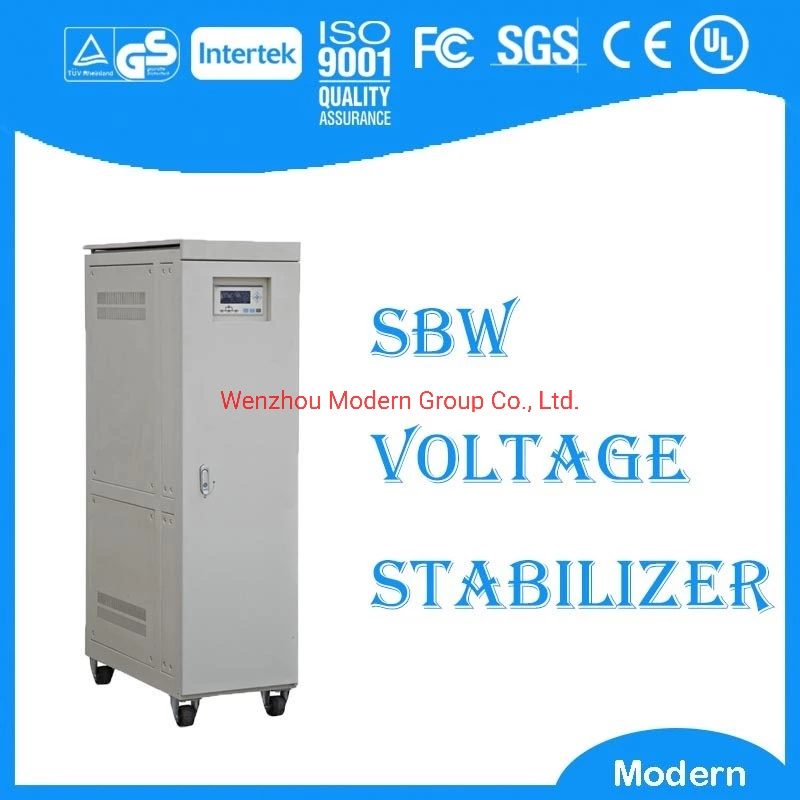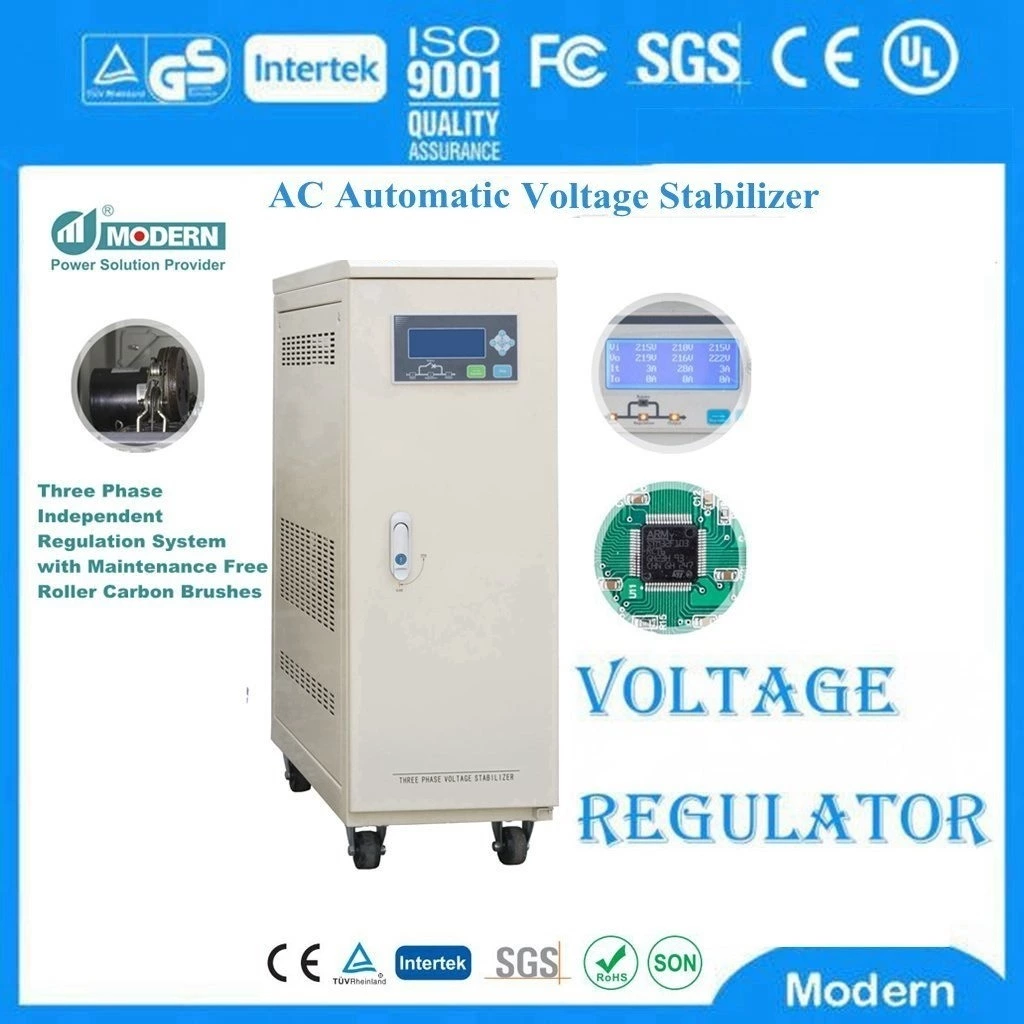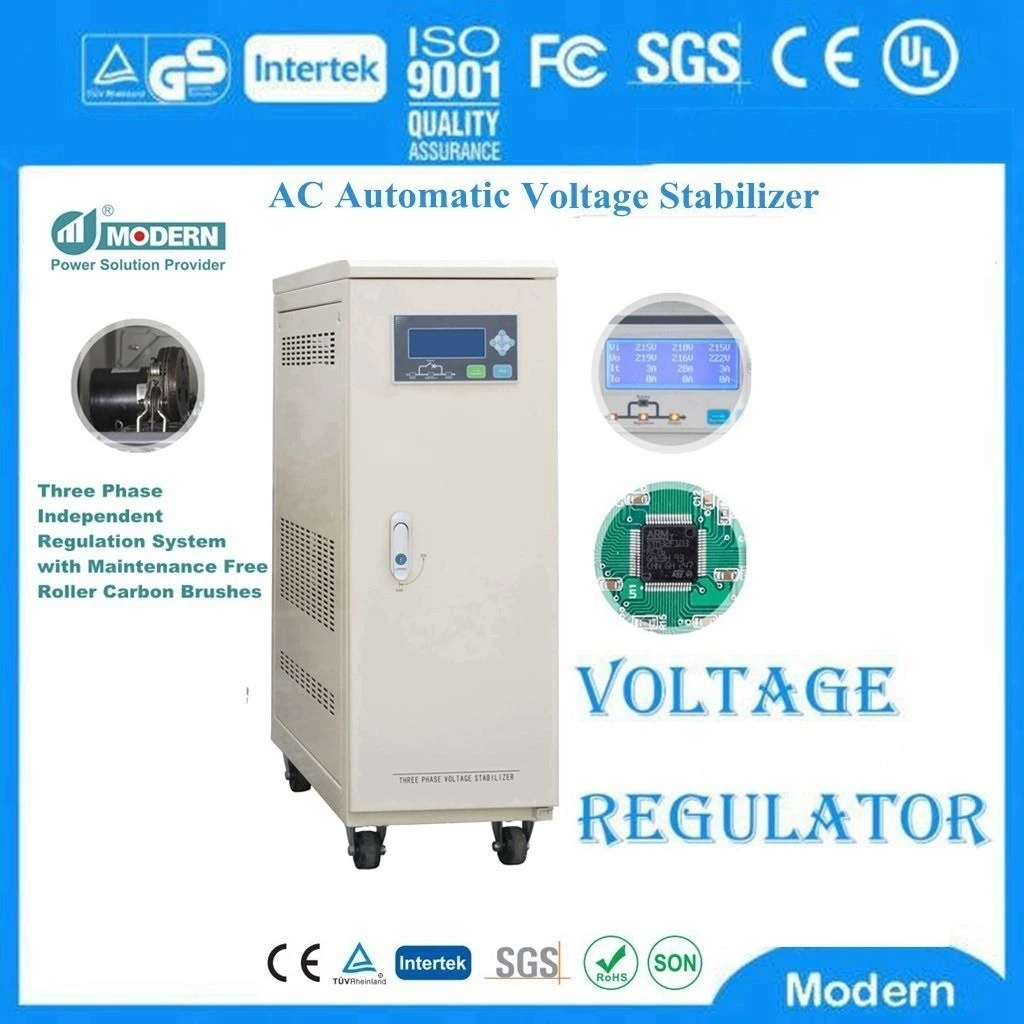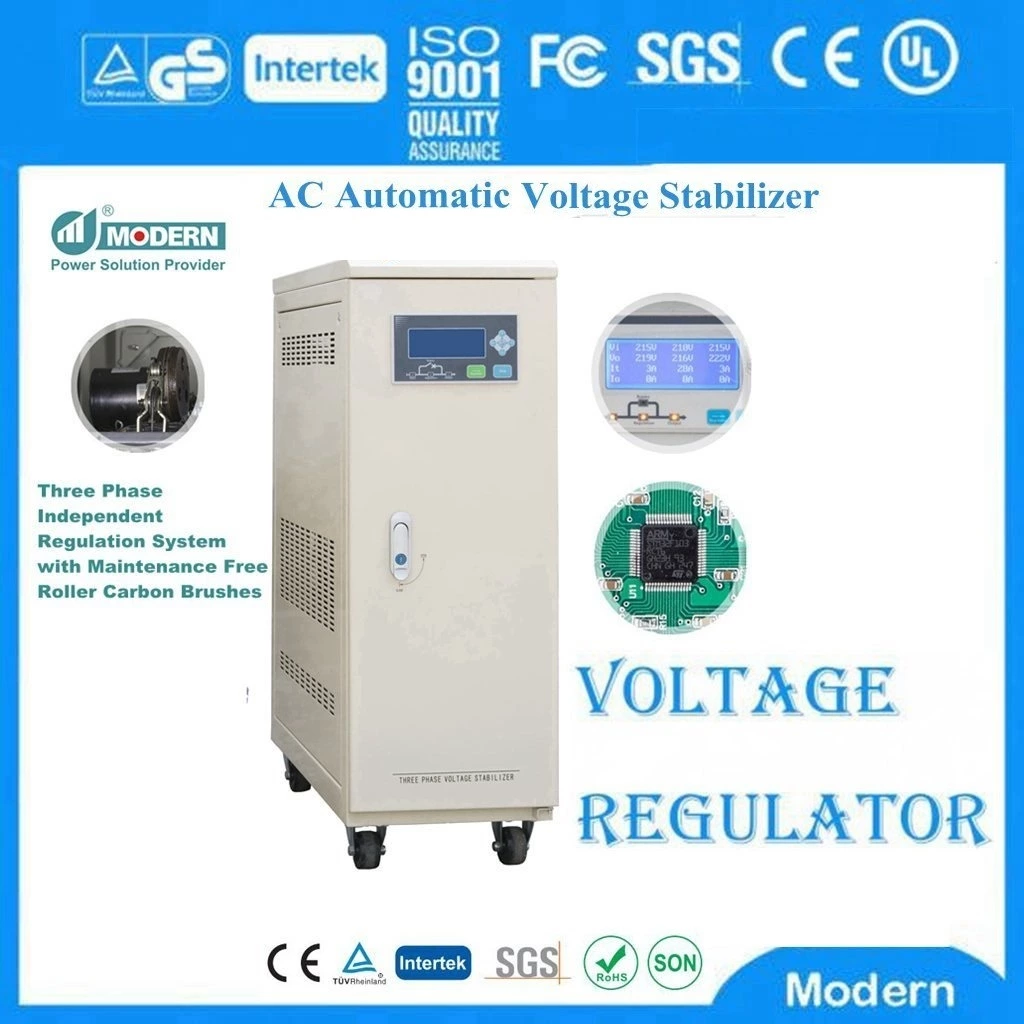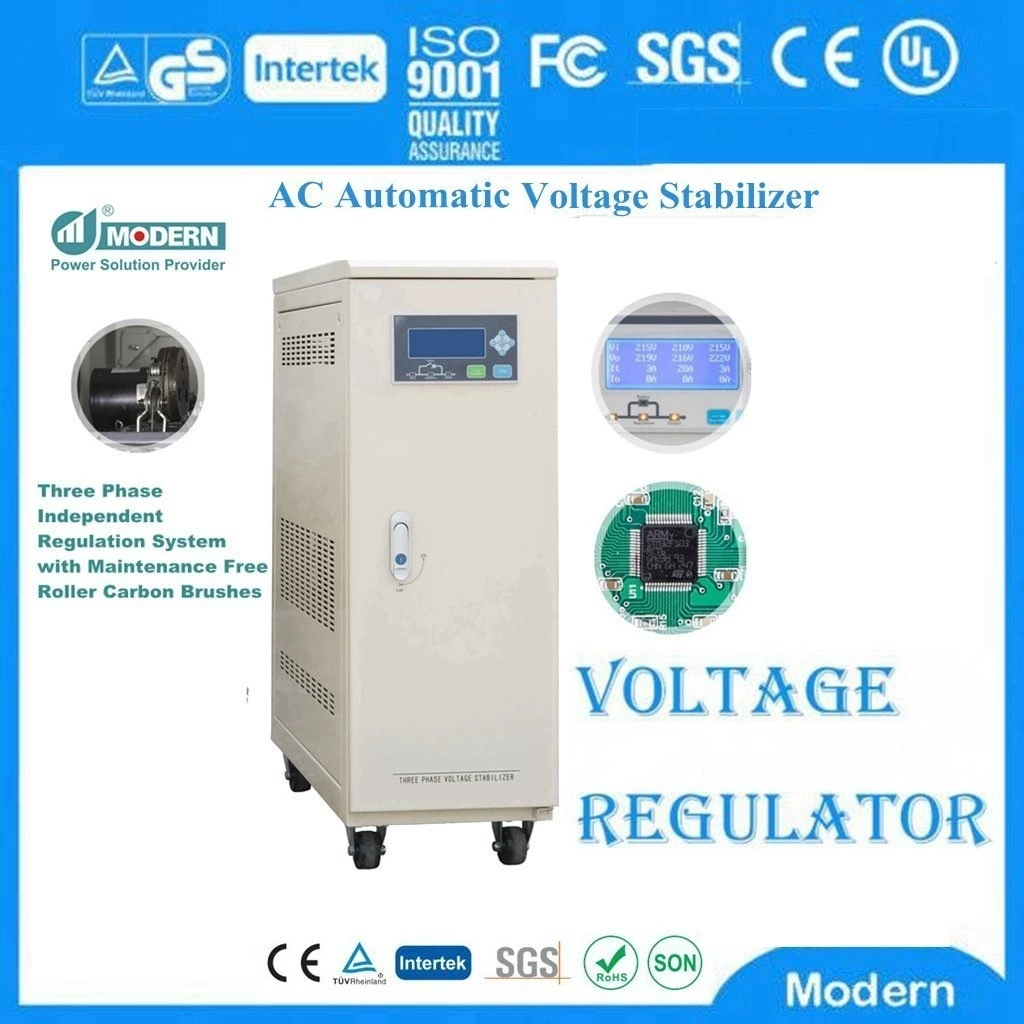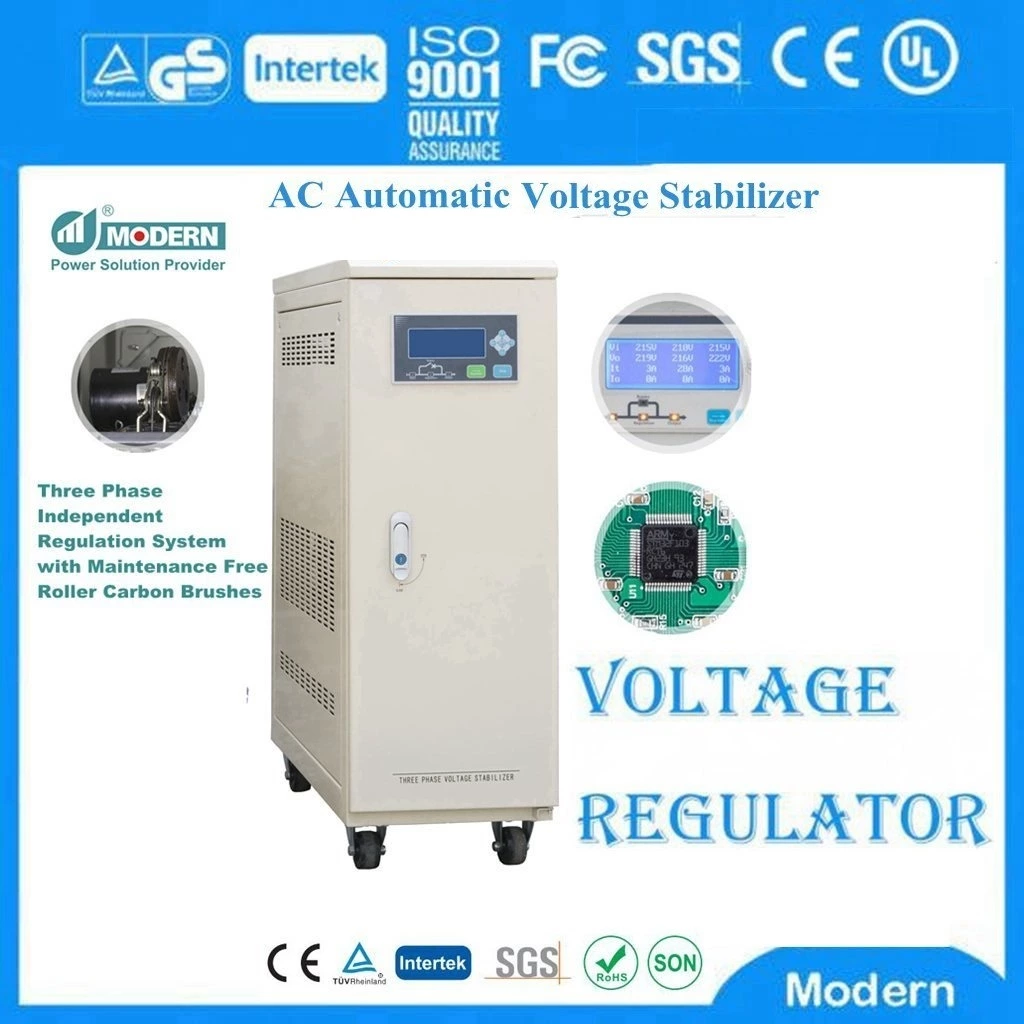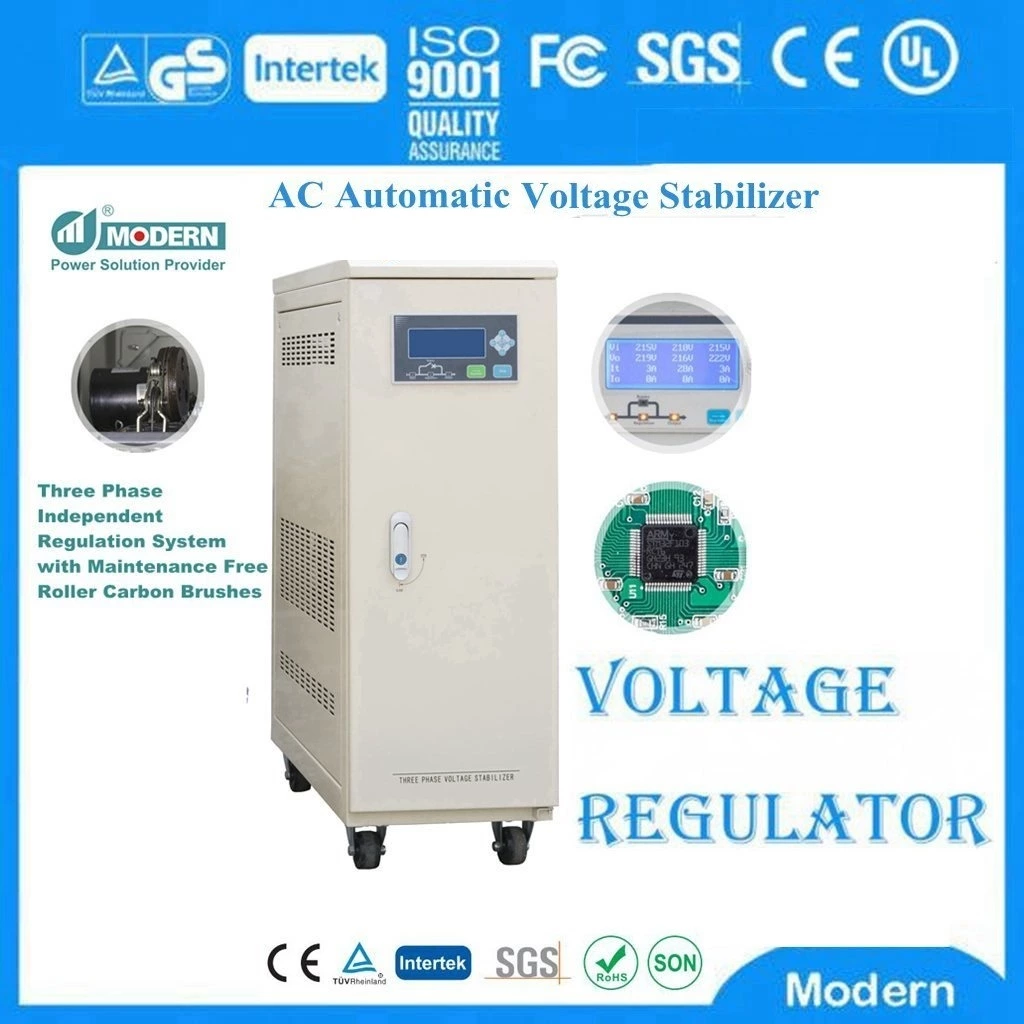Principle Of Constant Voltage Transformer
The principle of Constant Voltage Transformer(CVT) is to use the resonant circuit composed of a resonant coil and a capacitor to make the secondary core shallowly saturated and form a constant alternating magnetic field, thereby ensuring that the induced electromotive force of the secondary coil remains unchanged.
In detail, there is a "日"-shaped core in the constant voltage transformer, the primary coil is in one window hole, and the secondary coil and the resonant coil are in another window hole. The resonant coil is connected to a capacitor to form a resonant circuit with a resonant frequency close to the power frequency. When the primary power supply is turned on, the resonant circuit begins to oscillate. This resonance action makes the secondary core in a shallow saturation state, thereby forming a constant alternating magnetic field. The magnetic induction intensity of this magnetic field is within a certain range and is basically not affected by changes in the input voltage. Therefore, the electromotive force induced in the secondary coil can remain constant. In this case, the primary input current mainly plays the role of replenishing energy, rather than directly determining the induced electromotive force of the secondary coil.
This design enables the constant voltage transformer to output a stable voltage even when the input voltage fluctuates, thereby meeting certain application scenarios with high requirements for voltage stability.
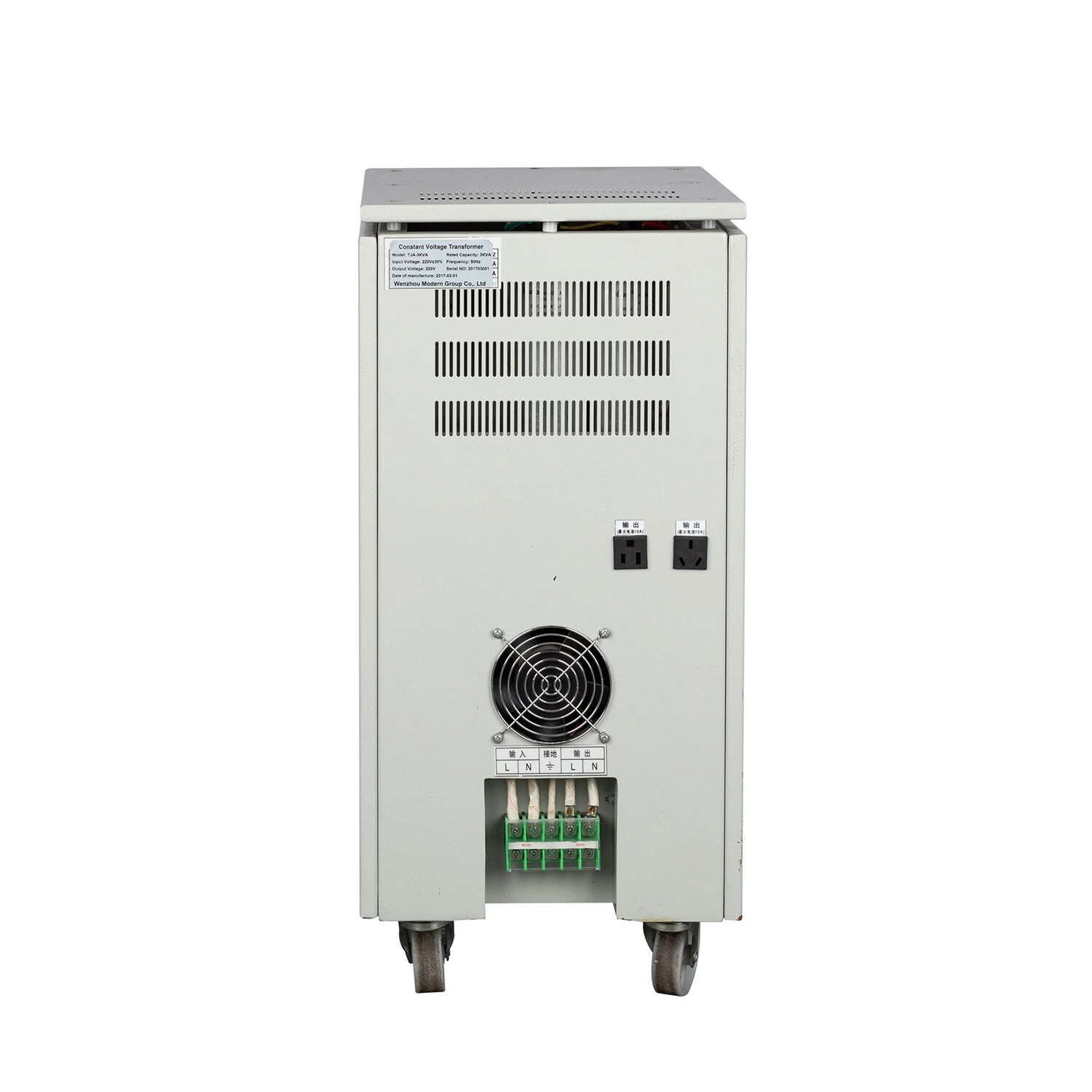
 Русский
Русский
 Français
Français
 Português
Português
 Español
Español
 اللغة العربية
اللغة العربية
